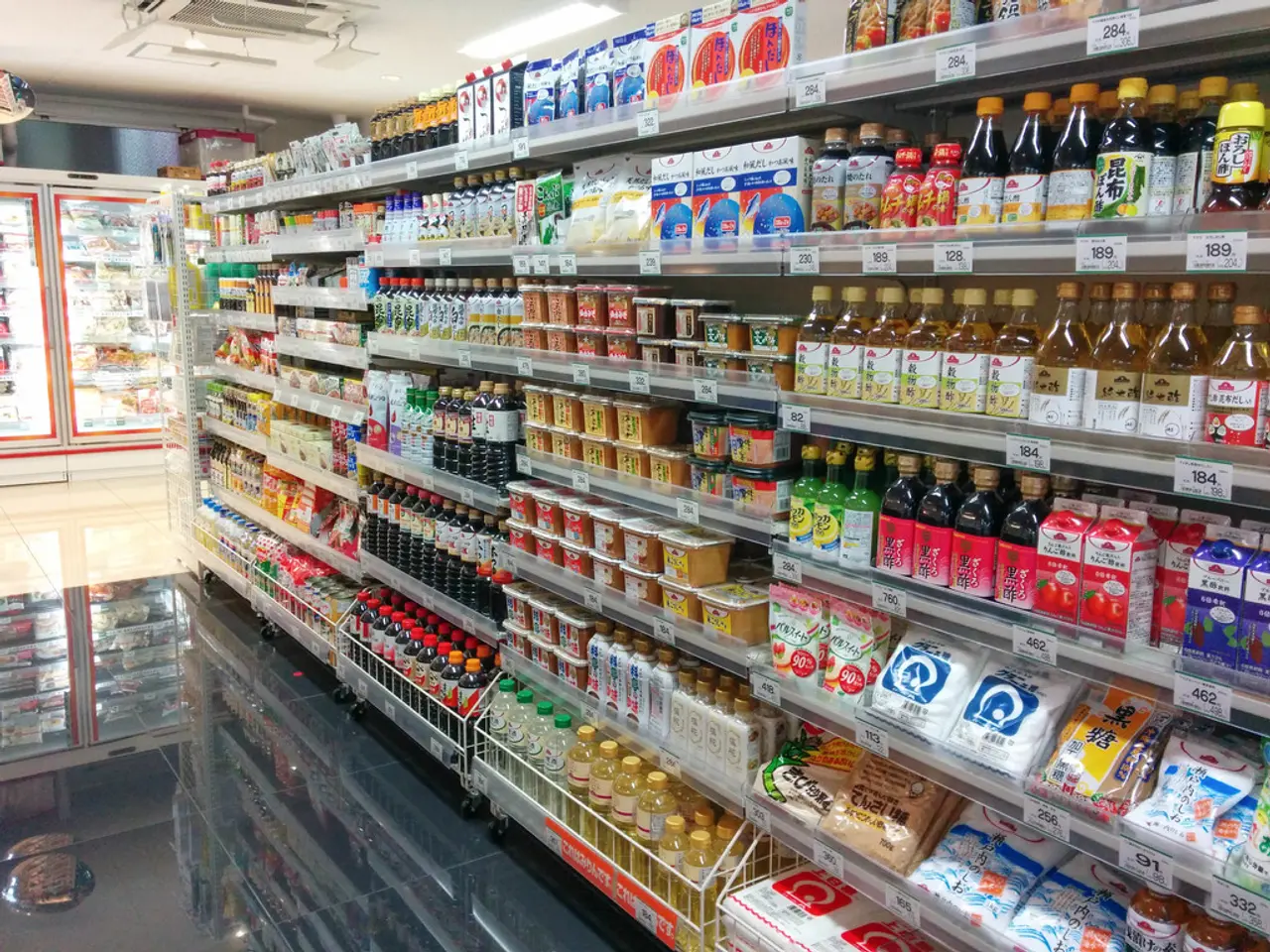GlobalTrade Stunned by Trump's 50% Tariff on Indian Imports
The Trump-era 50% tariff on Indian goods, implemented in two 25% phases in 2025, is currently impacting Indian exports to the U.S., particularly in sectors such as textiles, gems & jewellery, leather, chemicals, automobiles, and auto parts. This tariff is part of a broader U.S. trade policy response linked to India's continued purchase of Russian oil.
The additional 25% secondary tariff on Indian-origin goods took effect on August 27, 2025, after an initial 25% tariff phase started earlier in the year. These tariffs are separate from, and stack on top of, reciprocal tariffs imposed by India. Some exceptions apply, but they generally cover a broad range of products.
The potential impact is significant and multifaceted:
- Textiles and apparel face severe disruption because these sectors are labor-intensive and dependent on U.S. exports, which form 30-40% of their total exports. The 50% tariff acts almost like a trade embargo, severely jeopardizing export viability, especially for smaller firms with thin profit margins.
- The gems and jewellery sector, particularly diamond polishing centers like Surat, Gujarat, fear drastic setbacks due to heavy demand loss in U.S. markets, threatening livelihoods of millions of workers.
- The auto parts, chemicals, and leather industries also face intensified challenges due to their direct exposure to U.S. buyers, further exacerbated by thinner margins and global supply chain disruptions.
- Indian stock markets and firms connected to U.S. operations, including franchises of American brands, see increased selling pressure and investment risk.
- Economically, the tariffs could cause a $50 billion export hit and pressure India’s GDP growth and employment in export-led sectors, forcing India to reconsider export strategies and possibly seek new markets or retaliate with reciprocal tariffs.
In summary, the Trump administration’s 50% tariff on Indian goods is currently being enforced and poses a severe risk to critical export sectors like textiles, pharmaceuticals (affected indirectly through chemicals), and IT (less directly impacted). The tariffs threaten substantial economic damage, especially to labor-intensive industries dependent on U.S. markets.
- The escalating tariffs on Indian goods are contributing to an ongoing discussion within the realm of policy-and-legislation, as politicians and policymakers examine the potential long-term economic impacts, particularly on labor-intensive industries like textiles that rely heavily on U.S. exports.
- The intensity of the 50% tariff on Indian goods, along with associated challenges in key business sectors like gems & jewellery and automobiles, has generated significant general-news coverage, raising concerns about the broader implications for international trade relations and global business policies.




